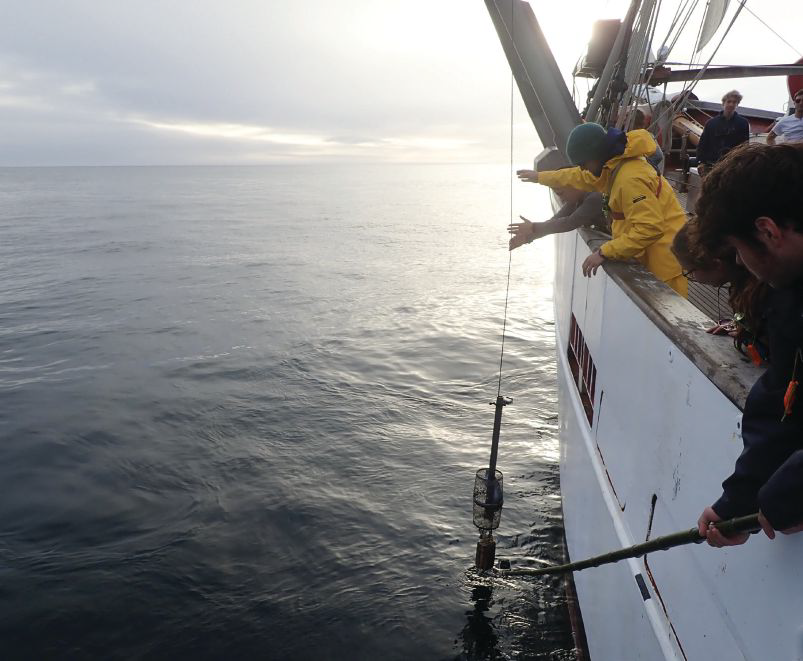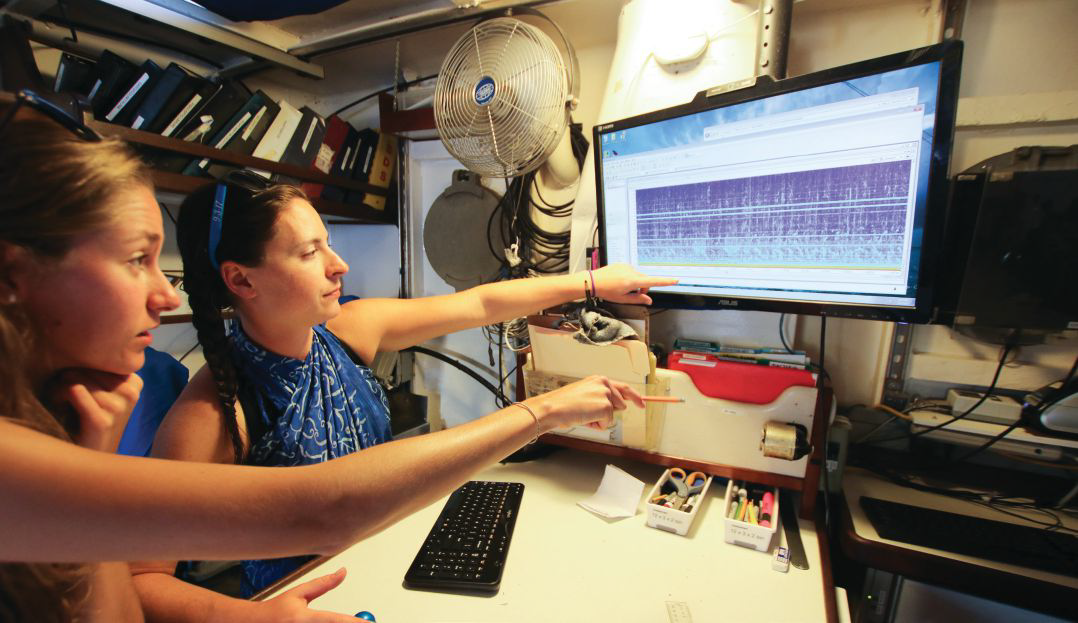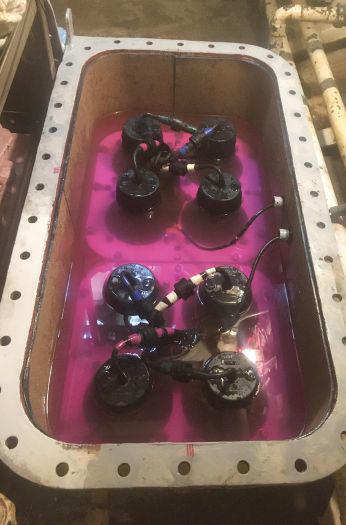Beneath the waves and the vastness of our oceans, it is clear that present understandings of ocean fathoms are considerably unfathomable. Presently, only 20% of the world’s oceans have been explored in depth.
There are a number of factors that contribute to this deficiency in exploration, but technological capabilities are not one of them.
Massa Products Corporation (Massa) is a 3rd generation family business situated in Hingham, MA, which, after over 75 years in business, persists in advancing such efforts and overcoming challenges with what is possible with a portfolio of state-of-the-art and long-lasting products and technology.
Massa is a female-run, certified small business and the perfect partner for industry, oceanographers and the military, owing to a fast design process and reliable products. Currently, Massa produces transducers that equip over 60% of the sonar systems employed on US nuclear submarines.
Massa products are highly sought after due to the technological expertise and the company’s ability to rapidly transition from concept to design to new product development and for making necessary enhancements to existing designs.

SEA Expedition Students Collecting Data with Help from MassaSonic® Technology & Products. Image Credit: Sea Education Association
Applying the Fundamentals
Massa is the only company in the field of Electroacoustics, Sonar and Ultrasonics that was established by a founder of the field and continues to foster an environment where comprehensive training of its staff is key with respect to both the scientific and philosophical fundamentals of the field and technology.
This is important as only once a deep understanding of all the “whys” and “hows” that arise in an applied science, such as electroacoustics, is established can one really harness the maximum potential of adapting it for practical use.
Driving future innovation and the progress of this technology depends on having a good basic understanding and, most importantly, a dynamic sense of curiosity and creativity.
At Massa, there is a shared belief that if something does not exist, it does not mean it can never exist. The belief stems from the company’s knowledge, experience and success with the development of the field, and the advancement and durability of its products. This philosophy originates with founder Frank Massa and the teachings of his successor Don Massa, CTO.
Technological progress has no limits, and its potential rests in the passion and drive that creative thinkers possess. This is especially true with electroacoustics. Massa champions the idea that the more people that become familiar with using ultrasonics and sonar, the more advanced uses they will uncover, leading to genuine progress.
Massa’s business model enhances growth within the field, whether it is in creating innovative technology or raising awareness of where sonar can be used. Massa offers their guidance and expertise to the military, industry and the education sector.
Tranducers in Action
Ironically, technological advancement can sometimes emerge when using older products. Recently, a fantastic organization in Woods Hole, MA, called Sea Education Association (SEA), contacted Massa about refurbishing some sub-bottom profiling sonars.
As Massa evaluated the request, it was clear to see that the transducers they were using in their systems were over 40 years old. In fact, they were already in used condition when first acquired in 1987, but they have been performing reliably ever since.
They had been subjected to 3 generations of sonar electronics, but the original Massa 8-transducer arrays would keep being reused in each new system.

SEA’s Students Processing Data from Massa Sub-bottom Transducer Array. Image Credit: Sea Education Association
The sub-bottom profiling transducers employed by SEA are also utilized by several others in the oceanographic community; however, for a smaller organization such as SEA, due to cost and other logistics, they are a necessity that cannot be easily replaced.
It is also a capability that they describe as key to the operation of ships used on numerous student voyages, and they are a tool that enables students to better understand and research a wide range of topics from tracking shifts in equatorial oceanic production to coral atoll formation and stability to sediment deposition on the sea floor.
SEA’s mission and vision are geared towards a better understanding of oceans and marine life and offering educational experiences to students around the world. This vision also extends to educating students using the right technology in that research.
Massa Transducers are absolutely key to realizing SEA’s purpose of educating students about the ocean.
For programs such as in the SEA’s Pacific voyages, students are investigating seamount and island-induced upwelling where there are steep slopes. SEA counts on the accuracy and reliability in performance that Massa Transducers deliver.
Other programs that use the Massa transducers include collaborations between SEA and WHOI, such as their research program evaluating cyclone frequencies in the tropical Pacific and other combined programs where SEA has distributed ships to serve as scout sites for sediment cores in both the Atlantic and Pacific.
In SEA’s own words: “Well over half of SEA’s 9000+ alumni have in one way, or another benefited from the use of Massa’s transducers, many of whom have gone on to careers in marine sciences. SEA and Massa have been working together to train the future workforce in ocean sciences.”

SEA’s Refurbished Massa Sub-bottom Transducer Array in 30% Propylene Glycol. Image Credit: Sea Education Association
Going Where Other Transducers Have Not
As Massa draws close to eight decades of operations, its focus, programs and products define the future of electroacoustics by encapsulating the past and transforming the present in terms of development, design and application.
By teaming up with customers and scientists alike, Massa relies on its expertise to deliver value-added products that benefit the oceans directly, be it on Earth or perhaps elsewhere.
Existing programs and products have a clear focus with regards to continuously improving the design of sonar transducers and systems to endure and outperform in the oceans, be it for military, commercial or scientific use.
Massa’s current portfolio of products is often deployed at extreme depths, at intense pressures, and at widely varying temperatures. They are utilized in applications that study marine conditions and protect marine life, habitat and environment.
There are a number of products that are currently under development for exploring new frontiers.
The future of MassaSonic® technology is in its capacity to boldly go where no other electroacoustic products have gone before.

This information has been sourced, reviewed and adapted from materials provided by Massa Products Corp.
For more information on this source, please visit Massa Products Corp.